
An Eulerian circuit by numbering the edges or explain the reason that no Eulerian exist. In the given pseudo graph.
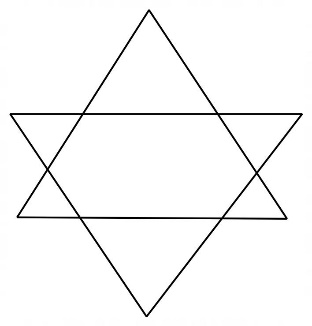
An Eulerian circuit by numbering the edges or explain the reason that no Eulerian exist. In the given pseudo graph.
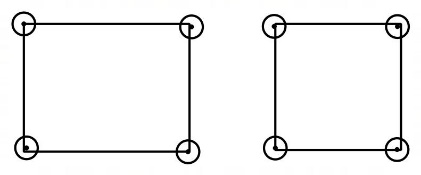
An Eulerian circuit by numbering the edges or explain the reason that no Eulerian exist. In the given pseudo graph.
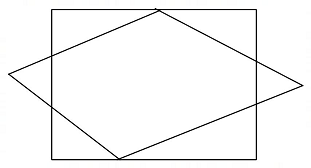
An Eulerian circuit by numbering the edges or explain the reason that no Eulerian exist. In the given pseudo graph.
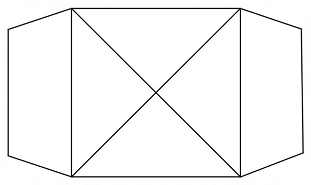
An Eulerian circuit by numbering the edges or explain the reason that no Eulerian exist. In the given pseudo graph.
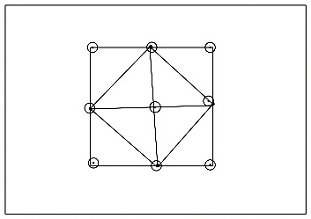
An Eulerian circuit by numbering the edges or explain the reason that no Eulerian exist. In the given pseudo graph.

Want to see the full answer?
Check out a sample textbook solution
Chapter 10 Solutions
Discrete Mathematics with Graph Theory (Classic Version) (3rd Edition) (Pearson Modern Classics for Advanced Mathematics Series)
- Evaluate the triple integral 3' 23 HIG 2 +3 f(x, y, z)dxdydz where f(x, y, z) = x + 2x-y ม u = v = and w = 2 2 3 Triple Integral Region R -2 x N 2 y 3arrow_forwardFind the volume of the solid bounded below by the circular cone z = 2.5√√√x² + y² and above by the sphere x² + y²+z² = 6.5z.arrow_forwardElectric charge is distributed over the triangular region D shown below so that the charge density at (x, y) is σ(x, y) = 4xy, measured in coulumbs per square meter (C/m²). Find the total charge on D. Round your answer to four decimal places. 1 U 5 4 3 2 1 1 2 5 7 coulumbsarrow_forward
- Let E be the region bounded cone z = √√/6 - (x² + y²) and the sphere z = x² + y² + z² . Provide an answer accurate to at least 4 significant digits. Find the volume of E. Triple Integral Spherical Coordinates Cutout of sphere is for visual purposes 0.8- 0.6 z 04 0.2- 0- -0.4 -0.2 04 0 0.2 0.2 x -0.2 04 -0.4 Note: The graph is an example. The scale and equation parameters may not be the same for your particular problem. Round your answer to 4 decimal places. Hint: Solve the cone equation for phi. * Oops - try again.arrow_forwardThe temperature at a point (x,y,z) of a solid E bounded by the coordinate planes and the plane 9.x+y+z = 1 is T(x, y, z) = (xy + 8z +20) degrees Celcius. Find the average temperature over the solid. (Answer to 4 decimal places). Average Value of a function using 3 variables z 1- y Hint: y = -a·x+1 * Oops - try again. xarrow_forwardFind the saddle pointsarrow_forward
- Problem #5 Section A of my math class has 110 students. Section B of my math class has 80 students. a). If I randomly select 15 students from the combined classes, in a way that the order of my selection does not matter, what is the probability that all 15 students can from Section A? b). If I randomly select 15 students from the combined classes, in a way that the order of my selection does not matter, what is the probability that all 15 students can from Section B? c). If I randomly select 15 students from the combined classes, in a way that the order of my selection does not matter, what is the probability that all 7 students come from section A and 8 students come from section B?arrow_forwardProblem #6 A special passcode to unlock your phone consists of 4 digits where repeated digits are not allowed. If someone were to randomly guess a 4 digit passcode, what is the probability that they guess your passcode on the first try?arrow_forwardProblem #3 If a card is picked at random from a standard 52-card deck, what is the probability of getting a black card or a queen?arrow_forward
- Problem #1 In the 2010 census, it was reported that the United States had a population of 310 million people. Of those, 74 million were under the age of 18. If you chose a person from the U.S. population at random, what is the probability they are under the age of 18? Problem #2 Given a set S={1, 2, 3, 4, 5, 6, 7, 8, 9, 10}, if you were choosing a number at random what is the probability that you would choose an even number or a number larger than 7?arrow_forwardAnswer number twoarrow_forwardAnswer number onearrow_forward
 Elementary Geometry For College Students, 7eGeometryISBN:9781337614085Author:Alexander, Daniel C.; Koeberlein, Geralyn M.Publisher:Cengage,
Elementary Geometry For College Students, 7eGeometryISBN:9781337614085Author:Alexander, Daniel C.; Koeberlein, Geralyn M.Publisher:Cengage,
